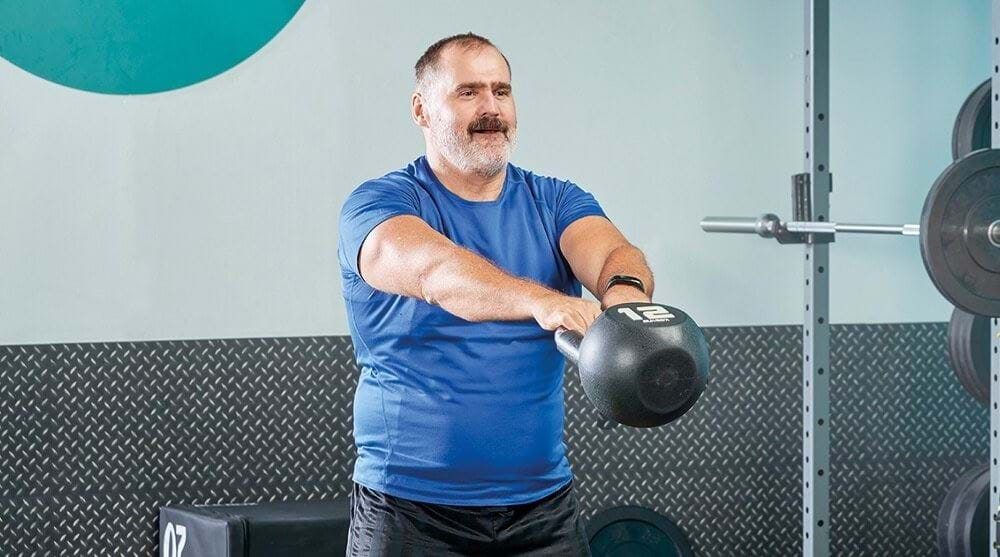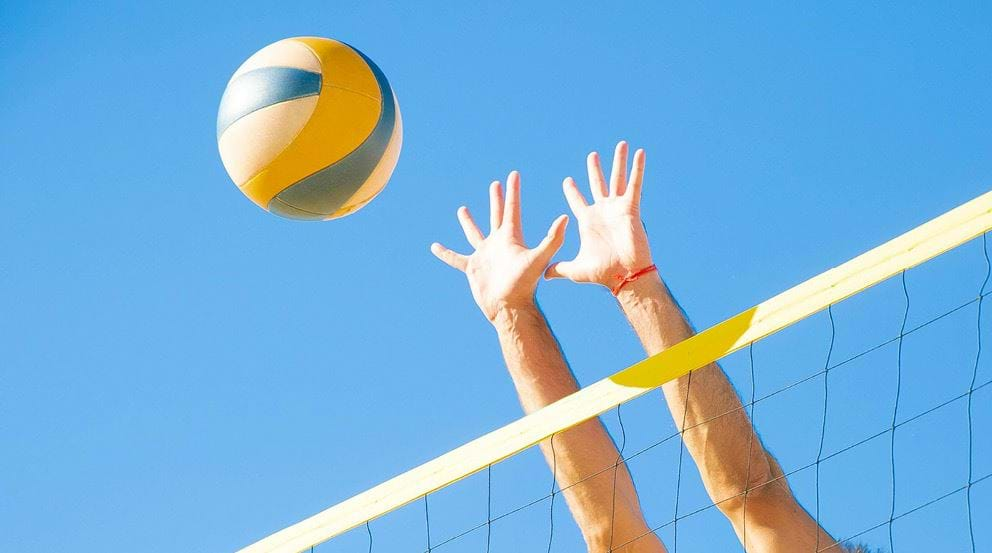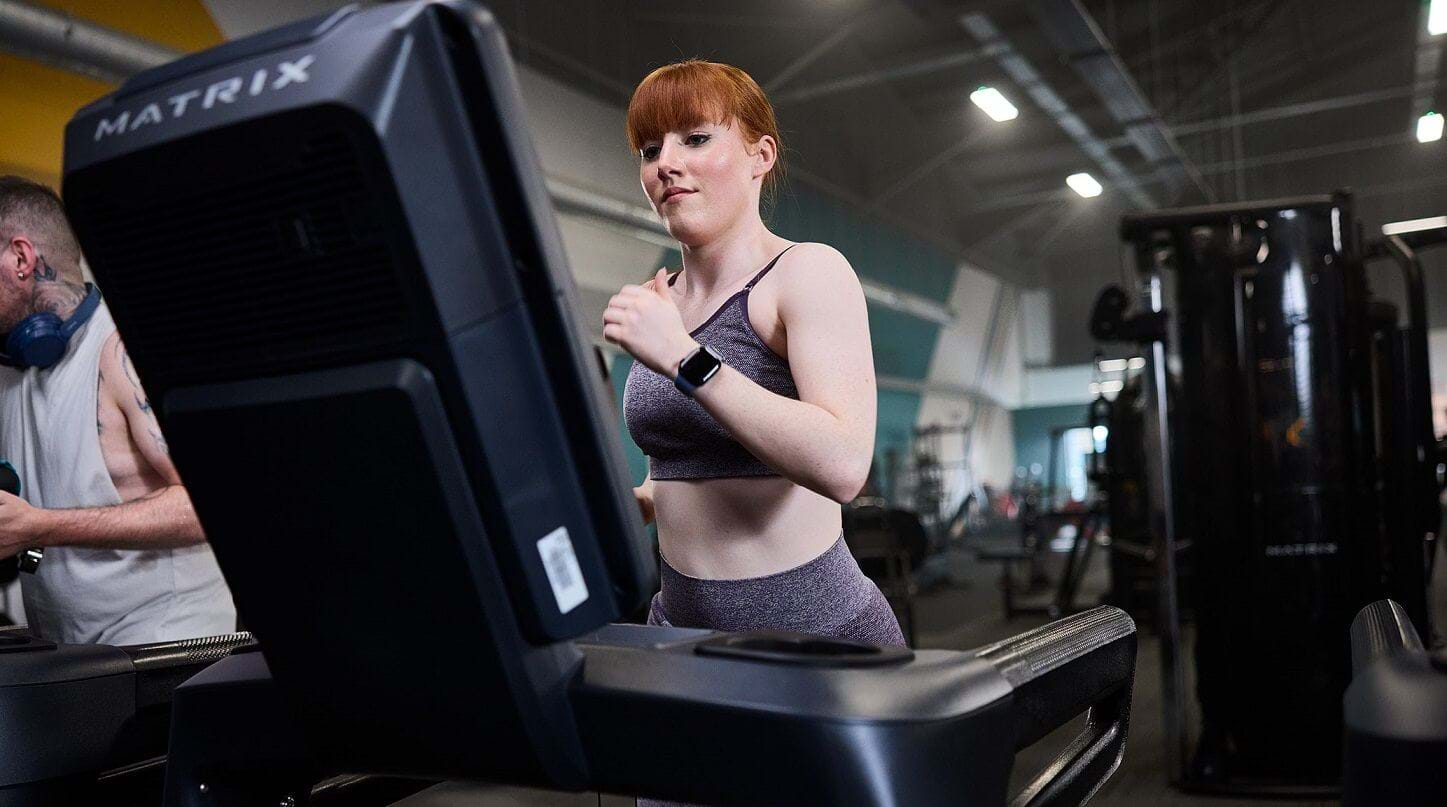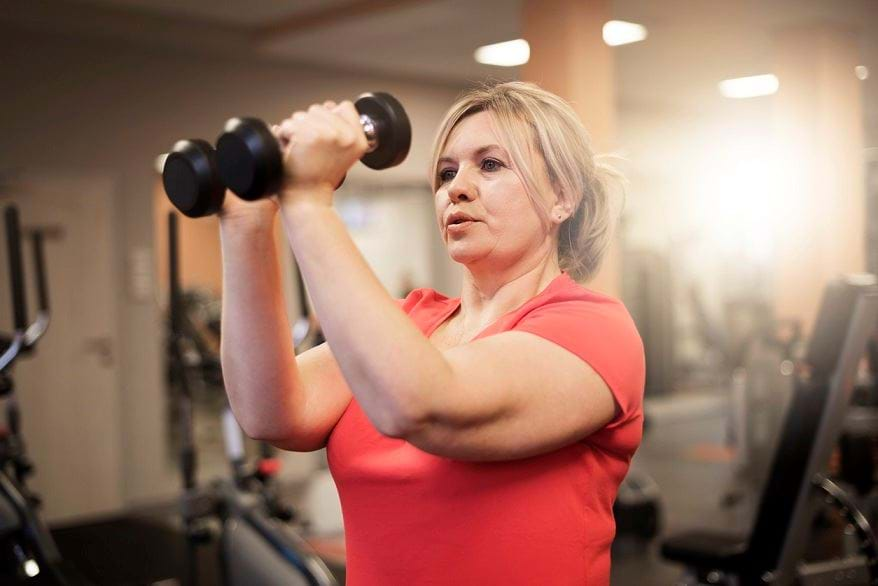HIIT For Seniors - Beginner Workouts & Tips

Is HIIT Safe For Seniors? | HIIT Benefits For Seniors | Tailoring HIIT For Older People? | Best HIIT Workouts For Seniors
HIIT (high intensity interval training) workouts have become popular thanks to their ability to burn calories and improve fitness in a short amount of time, but another benefit is how accessible they can be.
Whether you're in your early 20s looking to boost your athletic performance or you're in your 60s or 70s and looking to regain some strength and mobility, there's a HIIT programme out there for everyone.
For seniors, the key to safe HIIT is knowing your limits. As much as jumping straight into any HIIT programme sounds like a great idea, it's important to understand that HIIT can be intense and you may need to adjust workouts, especially if you haven't been active for a while.
So, while the enthusiasm to dive in headfirst is commendable, it's equally important to approach it with caution and listen to your body.
Is HIIT Safe For Seniors?
Yes, HIIT can be safe for seniors when performed correctly and tailored to your fitness levels and any health conditions. HIIT workouts improve your cardio health and by choosing certain exercises, it can help to improve your mobility, balance, and strength.
That said, as we age HIIT should be approached with more care and consideration. You may more prone to injury and so there are some precautions to note before starting your HIIT training:
Get medical clearance: It's a good idea to speak to a healthcare professional before starting any new exercise regimen, especially if you're living with pre-existing health issues.
Speak to a personal trainer: Working alongside a personal trainer helps to reduce the risk of injury as they can adjust workouts based on your ability, and ensure you are using correct technique when performing exercises.
Take it slow: Starting with low-intensity intervals and gradually increasing intensity can help prevent injuries.
Avoid overdoing it: Keep track of your heart rate and energy levels during and after your workouts and scale intensity accordingly to help avoid overexertion.
Mix up your workouts: If an exercise is too difficult, don't be afraid to adapt it to accommodate any physical limitations or health concerns.
What Benefits Can HIIT Have For Seniors?
Regardless of your age, HIIT brings several benefits to the table. For seniors in particular, HIIT is a great way to improve your strength, mobility and overall quality of life. Not to mention it can also help to reduce the risk of developing chronic diseases such as heart disease, diabetes, and osteoporosis.
Other benefits of incorporating HIIT into your weekly routine include:
Improved cardiovascular health
HIIT strengthens several elements of your cardiovascular health, most notably blood glucose levels, cardiac function, exercise capacity and overall muscle structure. Better yet, HIIT can also help reduce the risk of chronic illnesses and generally improve your overall fitness.
Enhanced muscle strength
Maintaining muscle mass becomes a bit more challenging as we age, which results in weakness and decreased mobility. HIIT helps build and preserve muscle strength, making it easier for seniors to perform everyday tasks and enjoy more fitness and exercise classes.
Boosted balance and coordination
HIIT workouts often include exercises that improve balance and coordination. For seniors, this can mean a reduced risk of falls, which are a leading cause of injury and loss of independence in older adults.
Increased metabolic rate
As metabolism naturally slows with age, weight management can become more difficult. HIIT boosts metabolic rate, helping seniors to maintain a healthy weight and reduce the risk of obesity-related conditions such as type 2 diabetes.
Improved bone density
Weight-bearing exercises included in HIIT (like kettlebell swings, dumbbell shoulder presses etc), can help to maintain and even increase bone density. This is particularly beneficial for those looking to reduce the risk of osteoporosis and fractures, which are common concerns for seniors.
How Can HIIT Exercises Be Tailored To Suit Older People?
As we get older, our bodies naturally undergo various changes that can affect our strength, flexibility, and overall fitness levels. Tailoring HIIT exercises for older people involves making adjustments that ensure the workouts are safe, effective, and accessible.
It's also important to take into account any medical or physical conditions that may impact how you train. For example, if you suffer from arthritis, you might need to avoid exercises that put excessive strain on your joints, opting instead for low-impact activities like swimming or cycling. Similarly, if you have a heart condition, keeping the intensity lower and monitoring your heart rate closely is essential.
Here are some additional tips to consider when tailoring HIIT workouts for seniors.
Adjust the intensity to a suitable level. HIIT workouts are designed to be an intense workout experience, but this might not be suitable for your fitness level straight away. Choose an intensity level that works for you and focus on improving your fitness over time. This might look like taking more rests, lowering the intensity of the training intervals, or reducing the overall workout time.
Focus on low impact exercises. HIIT workouts don't have to be high impact to be effective. Low impact exercises like swimming or the elliptical machine can be intense without putting impact on your joints, while bodyweight exercises like squats, chair dips, and air punches work the muscles and cardio system while being low impact.
Increase rest periods. Having longer rest periods between high intensity intervals can help with recovery and prevent overexertion. As your fitness increases you may find you can reduce the rest periods.
Incorporate functional movements. Selecting exercises that help with everyday movements and activities can make HIIT workouts more beneficial for seniors. Functional movements like sit-to-stands, modified lunges, and balance exercises can improve daily life skills and reduce the risk of falls.
Practice proper form and technique. Maintaining proper form and technique is important to help prevent injuries. Working with a personal trainer or attending a supervised class can help ensure exercises are performed correctly and safely.
Taking it slowly and practicing caution, especially if it’s your first time doing HIIT, will help to prevent any problems. As your body gets used to HIIT workouts, you can increase the intensity to ensure you keep progressing.
The Best HIIT Workouts For Seniors
Strictly speaking, there is no 'best' HIIT workout for seniors, as it depends on your individual aims and fitness level.
Below, we've created two HIIT workouts for seniors, from beginner to medium and advanced levels. Feel free to switch out the exercises if needed, or change the timings to make the workouts more or less challenging.
10 Minute Beginner HIIT Workout For Seniors
This beginner HIIT workout is designed to be gentle yet effective, focusing on low-impact exercises that are safe and easy to perform. Each exercise should be performed with proper form and at a comfortable intensity.
Warm up (3 minutes)
- Slow march in place: 1 minute
- Arm circles: 30 seconds
- Leg swings: 30 seconds
HIIT workout (10 minutes)
Perform each exercise for 30 seconds, followed by 1 minute of rest. Repeat the circuit once.
Marching in place
- Lift your knees high and swing your arms for balance.
Heel raises to calf raises
- Stand or sit with feet hip-width apart.
- Raise your heels off the ground and lower them back down.
- Raise the balls of your feet so you're on your tip toes, then lower back down.
Chair squats
- Stand in front of a chair, facing away from it, with feet shoulder-width apart.
- Lower yourself down to lightly touch the chair, as if about to sit down, then stand back up.
Side leg lifts
- Stand with hands on hips for balance.
- Lift one leg out to the side, keeping it straight with your foot facing forward, then lower it back down. Switch sides halfway through.
Wall push ups
- Stand facing a wall with your arms straight out in front of you and your hands placed shoulder-width apart on the wall.
- Lean in, bending your elbows to ease your body towards the wall, then push back to the starting position.
Side bends
- Stand or sit with feet shoulder-width apart.
- Reach one arm over your head and keep the momentum going to bend your upper body to the side. Hold for a moment before returning to the starting position, then switch sides.
Cool down (3 minutes)
- Seated or standing forward bend: 1 minute
- Gentle neck stretches: 30 seconds
- Deep breathing: 30 seconds
12 Minute Intermediate To Advanced HIIT Workout For Seniors
Follow the same warm-up and cool down as above, and try out these slightly more challenging exercises. Again, adjust the intensity and if needed.
HIIT workout (12 minutes)
Perform each exercise for 30 seconds, followed by 30 seconds of rest. Repeat the circuit twice.
High knees
- Stand tall and jog in place, lifting your knees as high as possible.
Bodyweight squats
- Stand with feet shoulder-width apart.
- Bend your knees and push your hips backwards to lower into a squat position, then rise back up.
- Aim to get your thighs parallel with the ground.
Jumping jacks
- Start with feet together and arms at your sides.
- Jump your feet out while raising your arms overhead, then return to the starting position.
Plank
- Get into a push-up position and hold your body in a straight line from head to heels. If you're struggling, try doing this on your knees.
Push ups (modified or standard)
- Perform push-ups on your knees or toes, keeping your body straight.
Standing mountain climbers
- Stand tall and alternate lifting your knees towards your chest while pumping your arms.
Need inspiration for more HIIT workouts?
One of the best parts of HIIT workouts is their versatility. Being able to mix up your workouts keeps training fun and engaging, and of course, keeps you fit and healthy! We offer a range of fantastic HIIT workouts tailored for all ages which you can try out at home or any PureGym.
Take a look at our most recent HIIT workout ideas for more inspiration. You can also find more exercise advice and workouts for seniors here, including this guide to resistance training for seniors.


